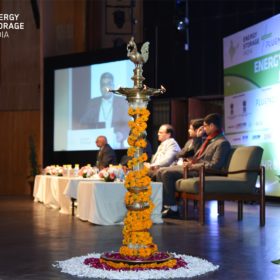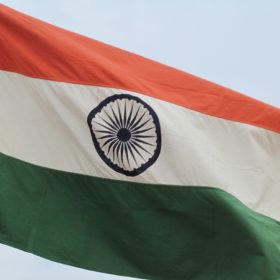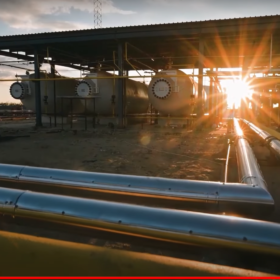India a $50 billion market for energy storage: AES
Given its ambitious goal of 175 GW renewable power by 2022 and push for electric mobility, the country presents a potential investment opportunity of $50 billion in battery storage facilities.
India gets its first grid-scale battery energy storage system
The 10 MW grid-scale energy storage system at Tata Power Delhi Distribution’s Rohini Substation is also said to be South Asia’s largest.
14 MW solar+42 MW storage project for Jammu & Kashmir approved with VGF support
The president of India has sanctioned setting up of 14 MW grid-connected solar PV projects with aggregate battery storage capacity of 42 MWh for Jammu & Kashmir under Prime Minister Development Package (PMDP)-2015 . The projects would be set up during 2019-20 and 2020-21, and include 7 MW solar projects with battery storage of 21 MWh each in Leh and Kargil at different locations. These would be implemented in developer mode, at a fixed tariff of Rs 2 per unit, with viability gap funding support.
This year could see a reckoning for ultra-mega PV projects
The fate of the clutch of 500 MW-plus projects due to break ground this year could determine whether such ambitious schemes have a viable future, says Wood Mackenzie in its solar 2019 forecast. And the Indian market should brace for consolidation, add the analysts, because of aggressive reverse-auction tariff pricing.
The long read: Why are we not making the most out of big data analysis?
Although the solar industry sees itself as young, its assets are aging. Owners still struggle with the complexity of making the best use of big data analysis to improve plant efficiency and profitability. Ragna Schmidt-Haupt, of Everoze, examines why this has not changed, and what can or should be improved. Artificial intelligence, advanced data analytics, automated assessments and smart monitoring software – holistic solar asset management starts here.
Planned 5 GW Ladakh solar plant will be ‘the world’s largest’
Known as the “roof of the world,” the scenic Ladakh region in the Indian state of Jammu and Kashmir will soon host the world’s largest single-location PV plant.
Sodium-nickel-chloride battery could fit the bill for India
The new ‘cerenergy’ system that has been developed in Germany can operate without air conditioning by using vacuum insulation even in extreme temperatures. With no rare earths required for manufacture, the product’s basic material is salt.
Focus on scalability of energy storage – minister Suresh Prabhu
In his keynote address at a Make in India session at the Energy Storage India 2019 event in New Delhi, the minister for commerce and industry urged the storage sector to make products that are useful in an Indian context.
Innovation and Make in India at heart of Energy Storage India 2019
The sixth international conference and exhibition on energy storage, electric vehicles and microgrids in India kicked off today in New Delhi. Innovation and Make in India were the central themes.
India would gain from differential electricity tariffs
More flexible prices during peak periods would incentivize the use of energy during times of lower demand and reduce the burden on the grid, according to a report by IEEFA. Day-ahead market pricing would better incentivize variable generation to ‘kick in’ at times of peak demand.















